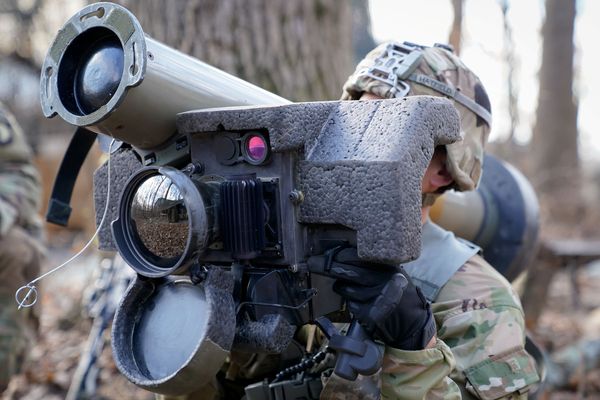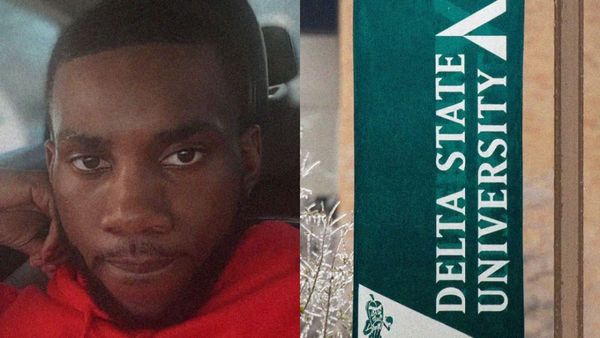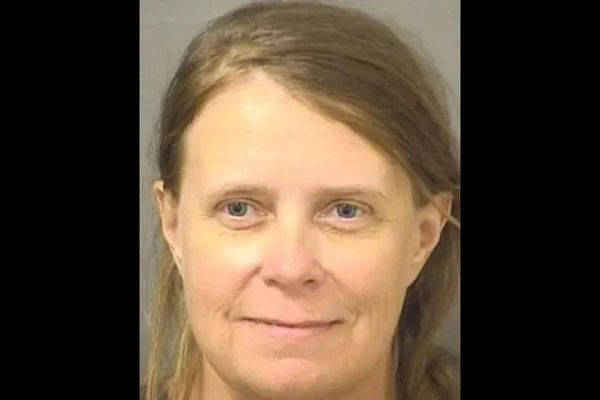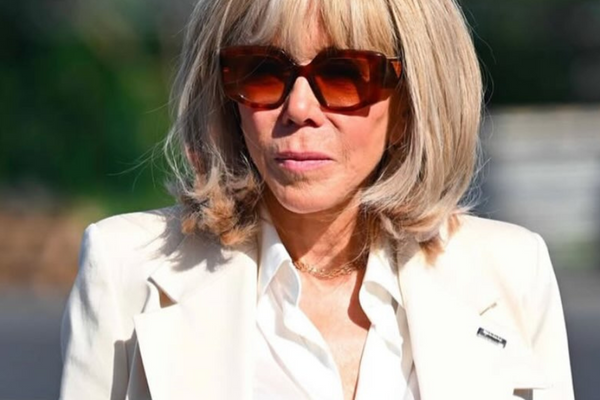Some leaders attain extraordinary success in one field. But Michael Graves pulled off a trifecta.
Graves (1934-2015) was one of America's most famous architects with over 350 buildings around the world to his credit.
He also applied his creativity on a smaller scale, designing furniture and household products like pepper mills, phones, teakettles and toasters. He led a team that introduced more than 2,000 simple, everyday products.
In 2003, a spinal cord infection left him paralyzed from the waist down. Despite the loss of mobility, he continued to run his Princeton, N.J.-based architecture and design firm while advocating for new and better designs for wheelchairs, hospitals and housing for the disabled.
His focus on enhancing the health care experience for disabled people and their families remains yet another pioneering aspect of his legacy.
"In the 1980s and 1990s, Michael Graves was the most famous architect in the United States," said Ian Volner, author of the biography, "Michael Graves: Design for Life."
Overcome Your Obstacles
After his paralysis, his fame only grew as he designed mobility devices like hospital chairs that blended his distinctive aesthetic sense with practical function to fit health care settings.
It didn't take long for Graves to realize that he could redirect his talent to address the needs of the disabled. As he lay critically ill on a hospital gurney, he thought, "I don't want to die here, because it's so ugly."
He remained the head of a thriving pair of firms — his architecture and product design companies — while devising ways to improve health care equipment and medical environments for people with disabilities.
"During the last 12 years of his life, he was able to make his disability into a major subject of his work," Volner said. "He was extremely angry about it, especially early on. But he was very determined to overcome it and regain motion. That (determination) served to motivate him. Eventually, he channeled his rage into something useful."
Michael Graves: Build A Team Of Partners By Investing In Them
By his 40s, Graves was a top architect. He carried his fame well and kept his ego in check. He hired Joe Furey as his firm's chief financial officer in 2008. Furey admits he was "a little starstruck" at first.
"But given how famous he was, he was just a regular guy," said Furey, now the firm's president and chief executive. "He was down-to-earth. He liked to talk about sports. I enjoyed my conversations with him."
Even before his paralysis, Graves gave much thought to his legacy. He knew he wanted his businesses not only to outlive him but also to keep growing and expanding.
To do that, he assembled a team that embraced his vision yet harnessed their own creativity to carry on his life's work. He also invested wisely in them. "Michael was always generous in bringing employees in and making them equity partners," Furey said.
Soon after the Great Recession, he recalls helping Graves assess a range of options when the firm considered ways to structure an attractive buyout offer. In showing his boss all the deal options, Furey presented many scenarios including one that would be most lucrative to Graves himself.
"Why the hell would I do that?" Graves replied. "I'm not going to prosper personally at the expense of our team." "Michael could've bought us all out and made a lot of money for himself," Furey said. "But he decided to use that money to build back the company after the recession."
He knew his success revolved around the collaborative discipline of his colleagues. And he didn't want to cash out and risk undermining that culture of teamwork.
Graves: Design For The Human Experience
Graves understood the need to deliver value to clients. He wanted to establish win-win relationships with them.
At the same time, however, he refused to compromise his commitment to innovation and utility. In both his large-scale architecture and small-scale household items, he specialized in humanistic design.
"Michael believed that great design should be affordable to everyone," Furey said. "How a building presents itself to pedestrians or how its interior is used, it was his focus on the human experience of it that was part of his genius."
While his fees reflected his fame and track record of excellence, he didn't chase after every dollar.
"I often say, 'I'd rather do great design and make 10% profit versus do good design and make 15% profit,'" Furey said. "Squeezing out a few percentage points of profit at the expense of what we do, which is design, is not what we will ever do. My way of thinking comes from understanding how Michael felt about the business."
As a leader, Graves fostered camaraderie among his staffers by leading group outings — field trips to spur their creativity. He also hosted an annual picnic at his home. Beginning with 12 of the firm's early hires, it grew into a festive event with about 200 attendees — employees and their families.
"Michael believed in nurturing people, and the picnic was a way to enjoy each other's company," said Karen Nichols, who joined the firm in 1977. "Our profession can be stressful. The picnics helped us learn how to work with colleagues. We'd play games, eat together and just have fun."
Help Your Team Step Up If Tragedy Strikes
Graves traveled frequently before his paralysis. Thanks to his guidance and encouragement, his colleagues developed their own business savvy and leadership skills.
"When he was away, he'd leave it to us to carry the ball," Nichols said. "He gave us some autonomy." While Graves remained engaged from afar, he didn't micromanage. This enabled his team to gain a sense of purpose and an inner drive to succeed, Nichols says.
As a result, Graves' 2003 health crisis didn't jeopardize the firm's surging growth. He had already laid the groundwork for his team to step up. "It was a really tragic moment," Nichols said. "We rallied to it. We took turns having a meal with him every day, keeping him in the know. That helped us pull together as a group."
The architectural practice continued to win many new clients in 2004, generating over $800 million in projects under construction or in the planning stage. Over the last decade, a string of acquisitions has accelerated the growth of the business. The resulting challenge is keeping Graves' creative vision fresh for newcomers.
"Within six months after he died, one-third of the firm had never met him," Nichols said.
Toward the end of his life, Graves liked to say that his greatest design was the way he crafted his business to thrive after he's gone "by surrounding himself with creative people," Furey says.
In 2014, Graves and his team celebrated the 50th year of his firm at a sculpture park near Princeton. "Wouldn't it be cool if somebody, maybe an intern who's just starting out with us, winds up celebrating the 100th year of the firm?" Furey told Graves privately after the event.
Then 79 and just a year before his death, Graves put his hand on Furey's shoulder, looked him in the eyes and said, "Make it happen."
Michael Graves' Keys:
- Pioneering architect who also revolutionized product design, only to become an advocate for the disabled after suffering a health crisis.
- Overcame: A spinal infection that caused paralysis from the waist down and left him wheelchair bound.
- Lesson: "I wouldn't have been a health care nut if it hadn't been for my paralysis, so something good came from this."







